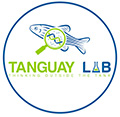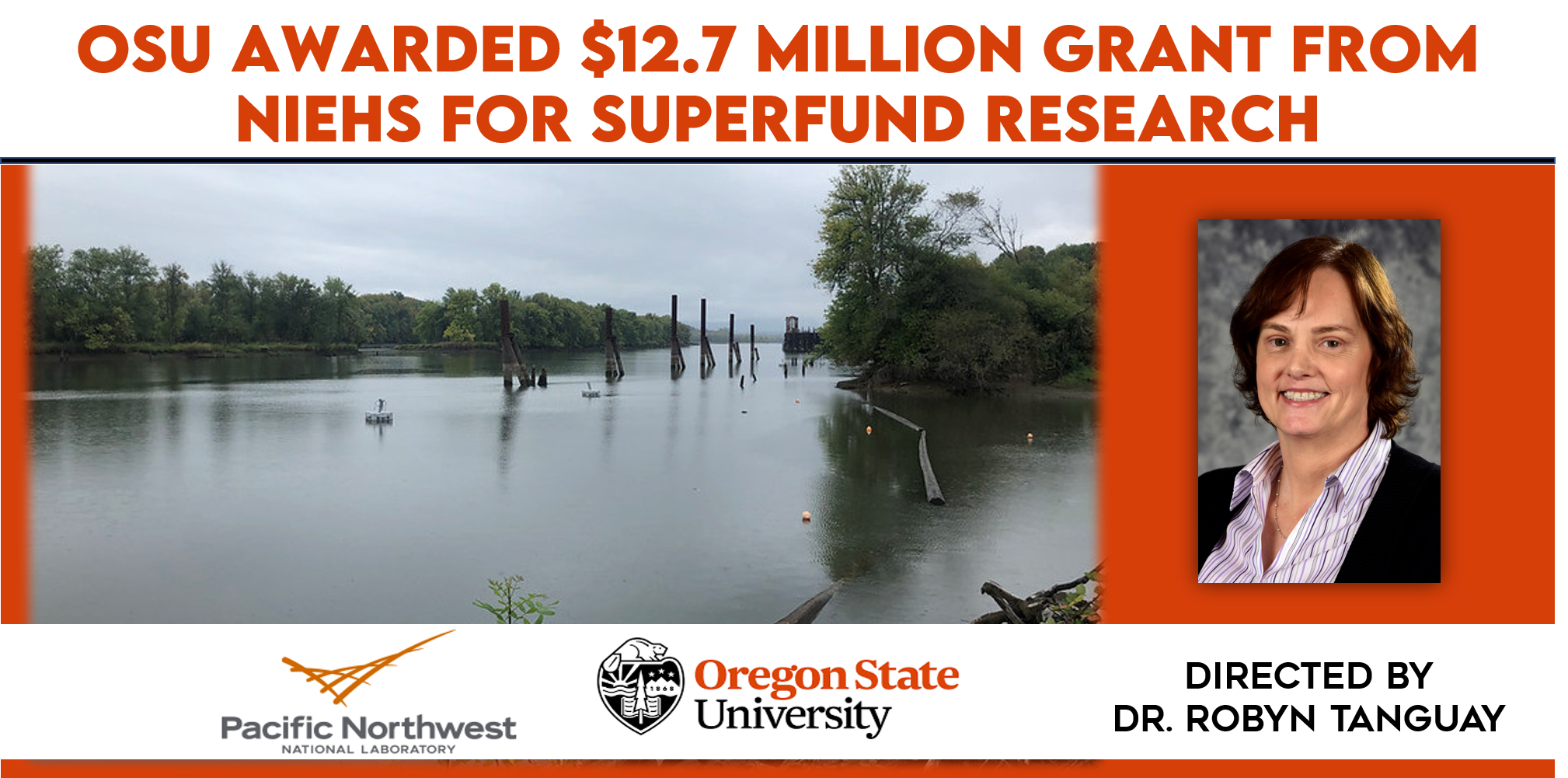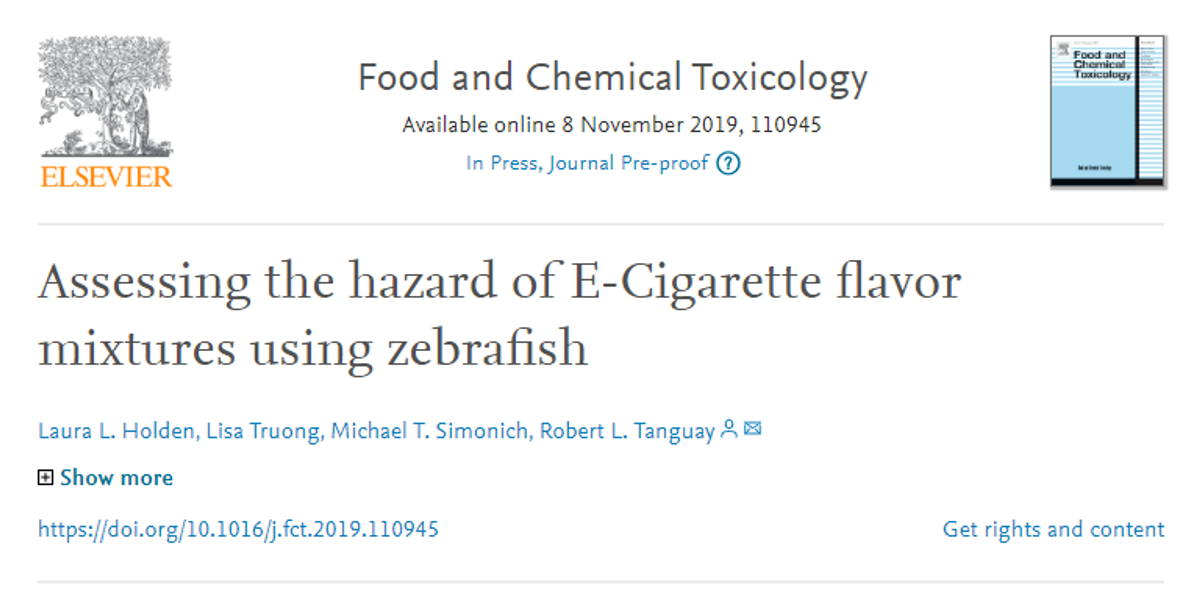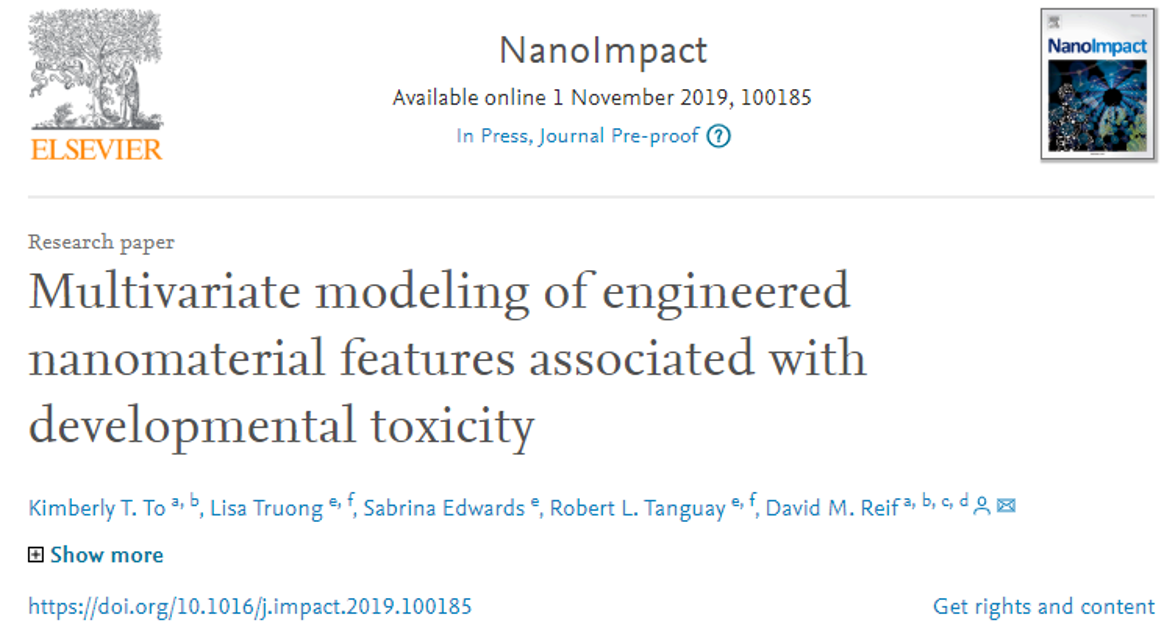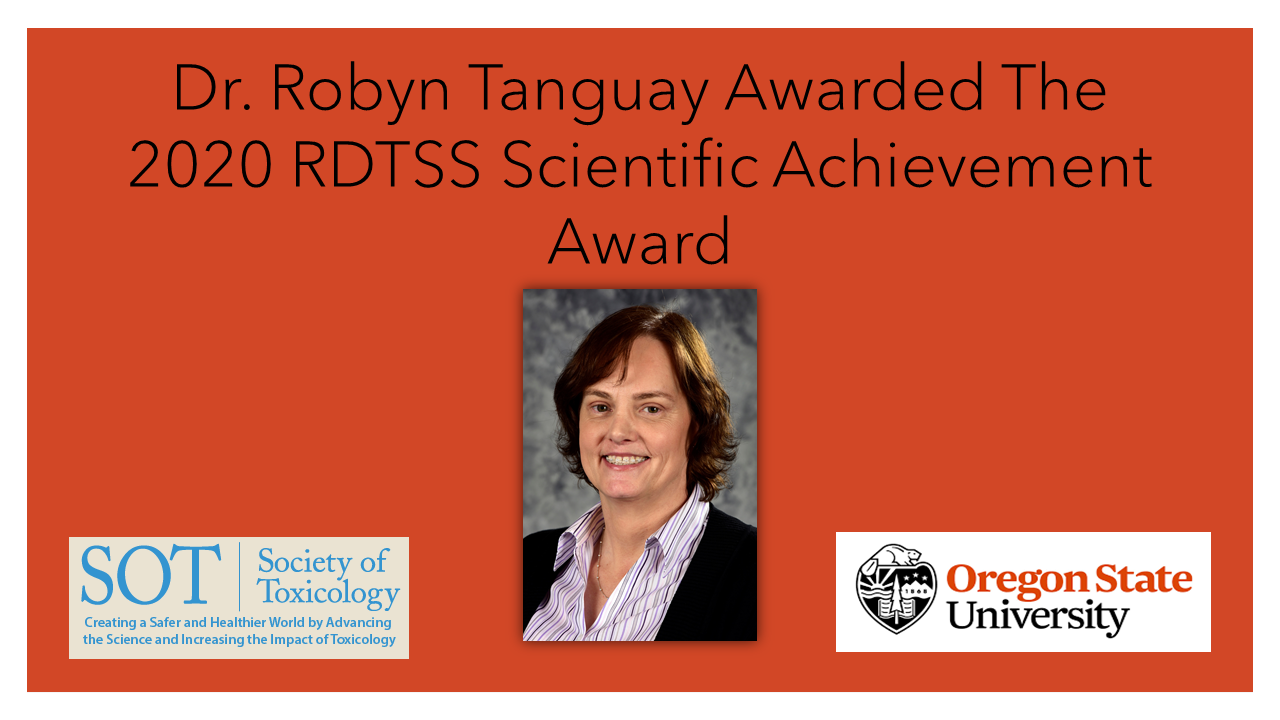
NEWS
Dr. Tanguay to direct $12.7 million Superfund research grant
We received Toxicological Sciences Paper of the Year 2019!
Dr. Robyn Tanguay awarded Agricultural Research Foundation Distinguished Faculty Award!

Congratulations to Prarthana for Winning Best Poster at the Annual SuperFund Research Meeting
Prarthana Shankar was awarded best poster in the Environmental Science and Engineering section at the SRP Annual Meeting. Her poster was titled “Identification and Functional Characterization of the AHR2-Dependent Gene, wfikkn1, in zebrafish. Congrats!
See how zebrafish can be used to assess the hazard of E-cigarette flavor mixtures
Our publication on modeling nanomaterial features and embryo toxicity is out!
Fresh off the press: a tool for developmental risk assessment from chronic cyanoHAB exposure
Our Work Highlighted on Public Radio!
Dr. Tanguay was recently award a grant to study the toxicity of per- and polyfluoroalkyl substances (PFAS) in zebrafish. The grant and testing procedures were featured in a Jefferson Public Radio story.
Congrats to visiting scholar, Joesen Shen, graduates with his masters in China at Wenzhou Medical University!


